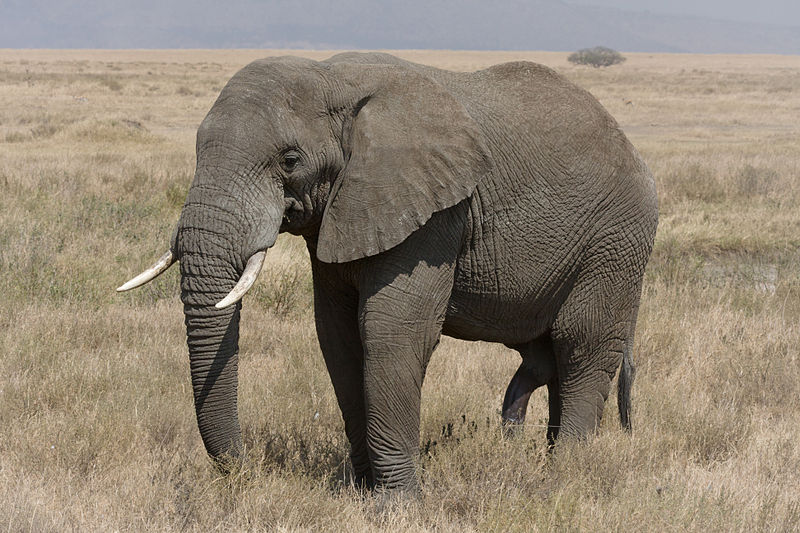
Category: Mammals

These charismatic giants are the largest living terrestrial animals, with an average height between 9.2 and 10.8 feet at the shoulders. They are immediately distinguishable from their Asian relatives by their large ears used for radiating excess heat. Individuals in the wild can survive to be around 70 years old, or until the last of their sets of molars has been worn down and they are unable to feed correctly. They typically eat around 500 pounds of plant matter a day and, because they wander so far and wide, are important for dispersing seeds via their excrement.

A 200 Million Year-old Iconoclast
If a defining trait of mammals is that they give live birth to their young, how do you explain monotremes? Monotremes are mammals that lay eggs like a reptile, rather than giving birth to live young. Living examples of these unusual animals can only be found in Australia and New Guinea today, though they used to be more widespread. A monotreme egg has less yolk for supplying nutrients than a reptile egg, and when a young echidna or platypus hatches, it is very tiny and less developed than its reptile counterpart. But monotreme babies are able to grow and thrive because their mothers stay with them, lactating to supply vital nutrients for their growth - just like other mammals!
Learn more >>
 Discover Animals is a web-based educational resource offered by the NAIA
Discover Animals is a web-based educational resource offered by the NAIA